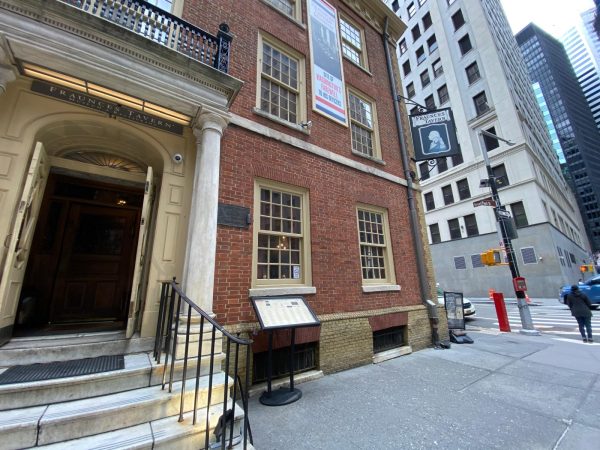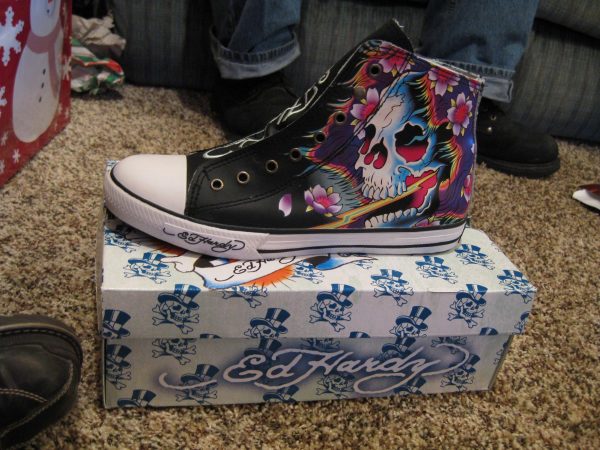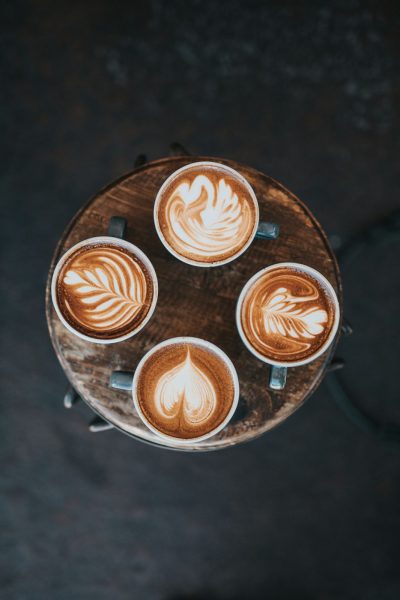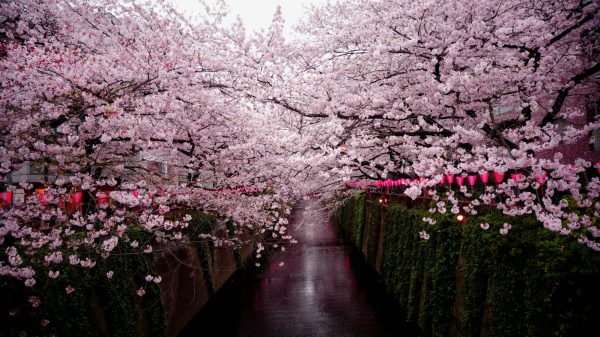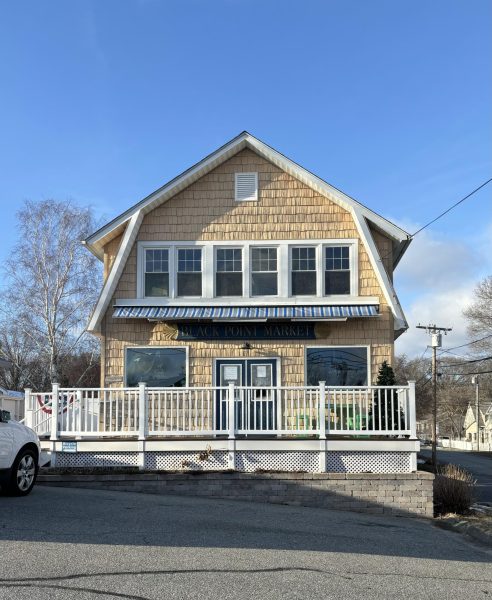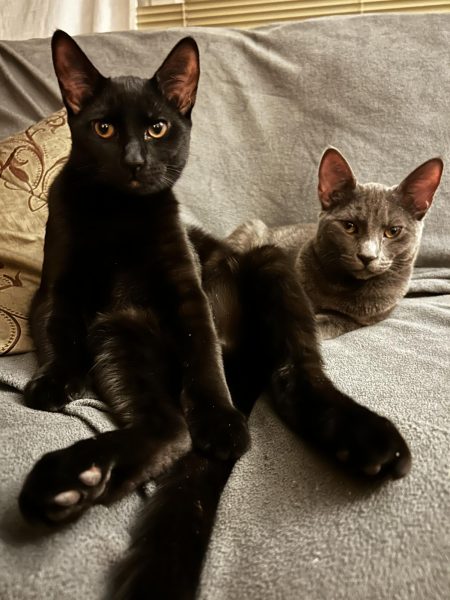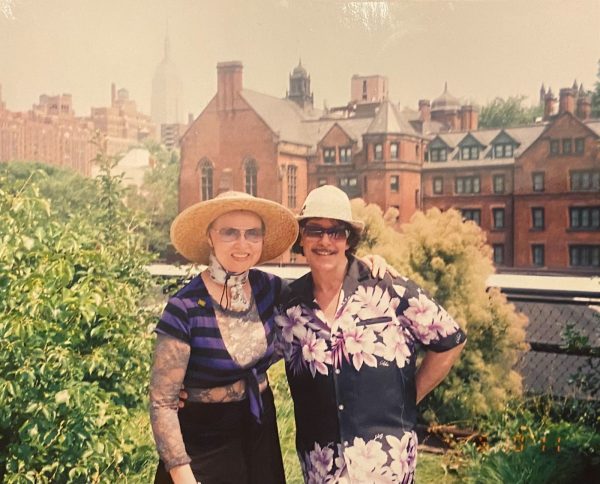Organic Matters: A Profile of Theo Lee ’22
Whether it’s through gardening, metalworking, or research, Lee is determined to stay natural.
Courtesy of the Bronx Science Gardening Club
Last summer, Theo Lee ’22 (center) and other Gardening Club members made several trips to Bronx Science to start weeding and cleaning out the school’s garden.
Cobwebs, moss and dust line the shed in the Bronx Science garden. Thick vines grow from the ceiling to the floor and cold December air leaks through holes in the glass. Students shuffle around the small space, stacking together empty pots and discarding broken trash. They make the occasional gardening-themed joke (“This is anti-butterfly propaganda!”) and take turns examining a dropper filled with an ambiguous liquid.
Theo Lee ’22 directs the show. He answers questions and drags the largest boxes across the ground, occasionally hurrying outside to check on the group uprooting the Japanese knotweed. He says “knotweed” and “pokeberry” so nonchalantly that one would think he was describing the weather, and he laughs when he realizes that the group has already begun hurling the stick-shaped invader into the trash bin.
The scene is an ordinary meeting of Gardening Club, and the actors are its members. Led by Lee and his co-president, Vera Pankevich ’23, they are in the middle of a lengthy campaign to weed and clean the garden that sits behind the teachers’ parking lot in the back of Bronx Science’s campus.
Lee has been gardening since he was eight. Inspired by his grandmother, who grew a variety of plants in her backyard, he began to experiment at home. “Manhattanite gardener” may as well be an oxymoron (sun-blocking buildings and cramped apartments don’t make for ideal gardening conditions). Still, Lee has kept up with his self-proclaimed “windowsill gardening,” growing plants such as mint, juniper, orchids, and peppers in his room.
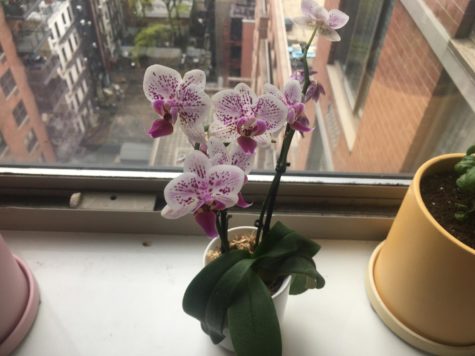
Along with his grandmother, Lee cites the home improvement show This Old House as helpful in teaching him how to, in his words, “not kill plants.” “They’ll spend around 15 episodes taking a house from the 1700s and completely redoing it. Every step along the way, they give this in-depth description of how they’re making the stairs, discussing whatever specific technique is going into a certain area. In the spinoff [Ask This Old House], they often have little plant sections,” he said.
For Gardening Club this year, Lee mentioned goals of setting up small hydroponics towers, securing more funding from the Biology department, making sure that grape vines occupy less than 50% of the garden, growing bulb plants (including daffodils and tulips) as well as milkweed (donated by Bronx Science Biology teacher Dr. Schmidt), and converting the cluttered shed into a viable storage space. Over the winter of 2021-2022, he and Pankevich plan on holding plant-help sessions, where members can come in with any gardening questions, and pruning the trees on campus (since tree sap is drained in the winter, making it less likely they’ll be damaged in the process).
In addition to gardening, Lee creates metal works and jewelry, which he learned how to make by taking classes offered at the 92nd Street Y. One of his creations, a hummingbird, is green and sapphire-eyed and made of enameled copper. Another, a faded wooden box, has metal gears held together by flared wire. Another, a topographic map of Central Park, is composed of layers of soldered metal.
Lee said of the map, “This was a big soldering project. Solder is usually zinc, it’s some metal with a really low melting point, and you can use it to hold two pieces of metal together, because after it re-solidifies, it bonds them. Each one of the soldered layers is to the previous one. It was a nightmare to try to sort out.”
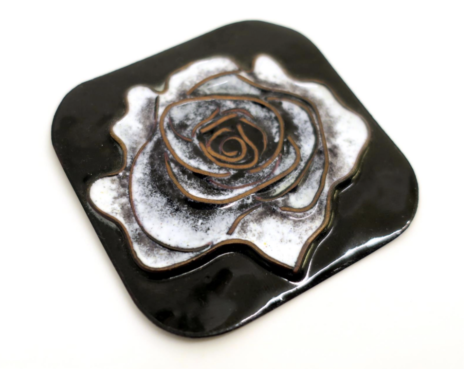
It is 7th period and Bronx Science Jazz Band students annotate their sheet music of Solar by Miles Davis with the notes of each chord in the song. Mr. Mantilla, the Jazz Band director, suddenly calls out a chord, “E minor seven flat nine!” to the class. He points to the rhythm section, then the trombones — they are too slow with the notes. He gets to Lee, who shouts back “E flat, G flat, B, D, F!” without missing a beat.
Lee plays classical piano and jazz trumpet, the latter as part of Jazz Band. When Mr. Mantilla asks a question related to jazz history or music theory, Lee most often has a good answer, but he maintains that, for him, soloing is just about playing what sounds good.
Lee also says this, in different terms, about his metalworking. His creations are “organic,” just like his gardening. The wooden box was just made of stuff he found lying around and, in the case of a sawed animal figure, he didn’t really know just what he was trying to do. His titles for the pieces (‘It’s 4:30 in the Afternoon. Why is it Already Dark?’ and ‘Is it a Horse? Maybe a Unicorn or a Giraffe. Who Can Say for Sure?’ are two examples) certainly don’t suggest any attempts at perfection.
It’s fitting that the research that Lee does should center around the natural world. He is a part of the American Museum of Natural History’s Lang Science Program, which spans from the beginning of middle school to the end of high school. In the last four years of the program, students conduct their own research projects using the museum’s resources.
For his project this year, Lee investigated sensory input areas in nocturnal and diurnal rodents, borrowing skulls from a researcher at Queens College for data. To his surprise, the only area that differed between the two types was the eye socket size.
As a part of the program, Lee also has the opportunity to work behind the scenes at the museum. He conducted a survey, stopping passersby in Central Park, to assess peoples’ impressions of insects, which the museum took into consideration when designing an exhibit centered around the creatures.
In the future, Lee hopes to go into conservation biology or environmental policy. “Educating people is the first step in building a more sustainable future. If people understand what they need to do and why they need to do it, they are more likely to take steps to try and preserve what is there. I do see myself going into something that tries to tell people, ‘Hey there’s a problem, but you have the ability to fix it; here’s how,’” he said.
***
The Gardening Club makes its way outside, walking down the stairs to the basement exit of the school. Pankevich, the co-president, notes my notebook and pencil and I tell her about the profile I’m writing. She says, “Theo is the best.”
I laugh. “Do you want me to directly quote you?”
“No.”
It was just for context.
“Manhattanite gardener” may as well be an oxymoron (sun-blocking buildings and cramped apartments don’t make for ideal gardening conditions). Still, Theo Lee has kept up with his self-proclaimed “windowsill gardening,” growing plants such as mint, juniper, orchids, and peppers in his room.
Maggie Schneider is an Editor-in-Chief of ‘The Science Survey.’ She loves journalistic writing because it is a recognition of the infinite number of...


